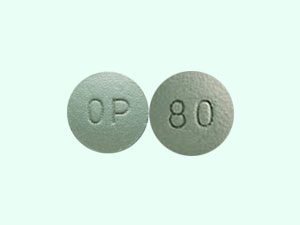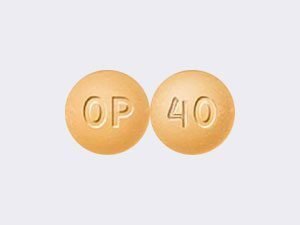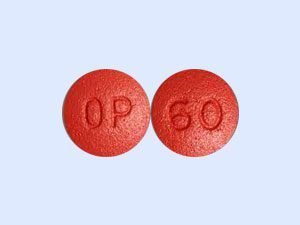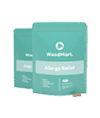SHOP BY NEED
Product Description: OxyContin OP 60mg
Overview:
OxyContin OP 60mg is a strong, extended-release opioid analgesic used for the management of severe, ongoing pain that requires long-term, around-the-clock treatment. It contains oxycodone hydrochloride 60mg, a powerful opioid that provides continuous pain relief for up to 12 hours. The “OP” formulation is designed with abuse-deterrent technology to reduce the risk of misuse by crushing, snorting, or injecting.
Key Features:
-
Active Ingredient: Oxycodone Hydrochloride 60mg (extended-release)
-
Brand Name: OxyContin OP
-
Dosage Form: Oral extended-release tablet
-
Indication: Management of severe chronic pain in opioid-tolerant patients
-
Release Mechanism: Controlled release over 12 hours for twice-daily dosing
-
Abuse-Deterrent Design: Tablet is hard to crush or dissolve
How It Works:
Oxycodone binds to mu-opioid receptors in the brain and spinal cord, altering the perception of and response to pain. The extended-release system provides sustained analgesia, avoiding peaks and valleys in pain relief. The OP formulation discourages physical tampering, helping to reduce abuse via non-oral routes.
Dosage & Administration:
-
Recommended only for opioid-tolerant patients
-
Typical dosage: 60mg every 12 hours, individualized by a healthcare provider
-
Do not crush, chew, break, or dissolve — doing so can cause life-threatening overdose
-
Take with or without food at the same times daily for consistent effect
-
Do not use for short-term, as-needed pain relief
Black Box Warnings:
-
Addiction, abuse, and misuse potential—even at prescribed doses
-
Life-threatening respiratory depression can occur, especially when started or increased
-
Accidental ingestion can be fatal, particularly in children
-
Neonatal opioid withdrawal syndrome if used during pregnancy
-
Risk of fatal interactions with benzodiazepines, alcohol, or other CNS depressants
Side Effects:
-
Common:
-
Nausea, vomiting
-
Constipation
-
Dizziness or lightheadedness
-
Sedation or drowsiness
-
-
Serious:
-
Breathing problems
-
Severe low blood pressure
-
Fainting or unconsciousness
-
Dependency, tolerance, or withdrawal
-
Precautions:
-
Not for opioid-naïve patients
-
Inform your doctor if you have:
-
Respiratory disorders (e.g., asthma, COPD)
-
Liver/kidney disease
-
Mental illness or history of substance use disorder
-
-
Avoid alcohol and sedatives while taking this medication
-
Not recommended during pregnancy unless absolutely necessary
Storage & Disposal:
-
Store in a secure location, at room temperature, away from children or individuals at risk of misuse
-
Dispose of unused medication properly via a drug take-back program or according to FDA guidelines
Legal Classification:
-
Schedule II Controlled Substance — due to high risk for abuse and dependence










